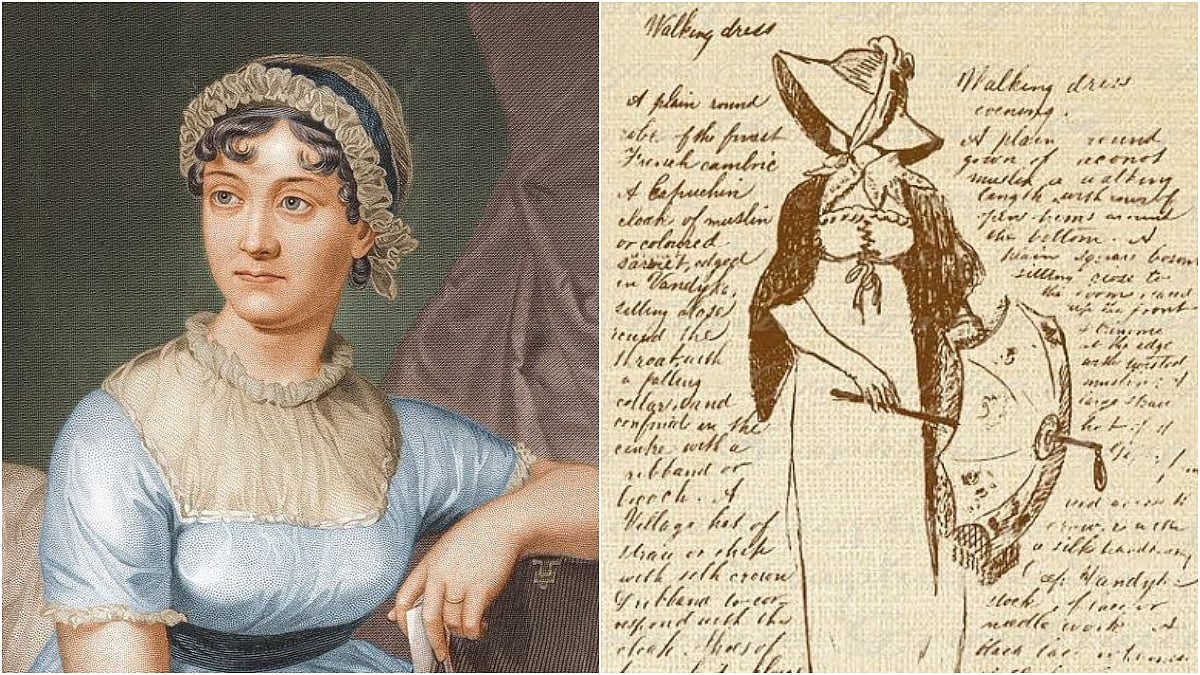
Historical Background
From the start of World War II in 1939 till 1991 any talk of liberalising the gold regime was totally taboo. There were periods of intense regulatory controls culminating in the Gold Control of 1963. No politician, administrator or central banker would be willing to meet with anyone connected with the gold trade, much less consider liberalising the horrendous gold controls. It is not as if India stopped buying gold. All that happened was that gold became an illicit import. International reports revealed how much gold was bought by India and Indian Customs officials developed sophisticated techniques of estimating smuggled gold imports by relating it to Customs catches.
2. The first relaxation came in 1992 when non-resident Indians (NRI) were allowed to bring in as part of their baggage a few kilos of gold. There is an episode of Governor Venkitaramanan being woken up at night by an in-coming passenger who said that he was afraid to come out of the airport at night with gold and whether the Governor would provide the bank’s bullion van!
3. Subsequently, there were a series of policy relaxations resulting in a genuinely free gold import and domestic trade regime.
Gold Imports and the CAD
4. As the balance of payments current account deficit (CAD) widened to 4.8 per cent of GDP in 2012-13 gold was considered the villain of the piece. With gold imports tipping the 1,000 tonnes per annum mark, the demands in policy circles for clamping down on gold imports reached a crescendo.
5. It is surprising that policy circles are just not willing to accept the simple identity that the CAD is nothing other than the gap between investments and savings. As policy interest rates are increasingly biased against savers, there has been a perceptible drop in household sector savings in financial assets. There is an erroneous belief in policy circles that a clampdown on gold imports would reduce the CAD; this is totally fallacious.
6. There have been, in the recent period a series of measures to curb gold imports such as a 10 per cent customs duty, ban on import of gold coins and linking gold imports to gold exports. The more the authorities try to control gold imports, the larger will be the illicit import of gold. Any amount of controls on gold imports will not reduce the CAD.
How are illicit gold imports financed?
7. The illicit imports of gold have to be financed in foreign exchange through multiple channels. First, imports are over-invoiced and exports are under-invoiced. Secondly, inflows of migrant transfers are reduced and used to finance the illicit imports of gold. In the upshot, the current account deficit does not shrink.
8. Again, facilitating Foreign Direct Investment (FDI) and liberalising Foreign Institutional Investments (FIIs) may encourage larger inflows of capital into India which helps financing the CAD, but it does not reduce the CAD.
Impact of curbs on gold imports and capital inflows/outflows
9. Market participants anticipate that there would be further curbs and a sentiment develops where foreign investors in India tend to flee. The curbs on outward Direct Investments by Indian corporate from four times the net worth to once the net worth and capital remittances by Indian resident individuals from $ 200,000 per annum to $ 75,000 per annum shakes the confidence of foreign investors while the savings in terms of foreign exchange are miniscule.
Depreciation of the rupee
10. The depreciation of the rupee was unavoidable as, over a long period of time, inflation in India has been significantly higher than in the major industrial countries. The more the authorities try to prevent the depreciation of the rupee, the greater will be the pressure to depreciate. If the authorities are true to their word, they would not have a target for the exchange rate. The argument that the authorities are only trying to control ‘volatility’ of the exchange rate is a mere fig leaf. Either the authorities intervene to hold the exchange rate or they let it be genuinely market determined; there is no third alternative. The present exchange rate does not reflect a fundamental equilibrium and the sooner the authorities stop trying to hold a certain rate under the pretext of controlling ‘volatility’ the better it would enable attaining a sustainable exchange rate. Admittedly, things have been left too late and a free fall could trigger a massive capital outflow. There is some anecdotal evidence that the clampdown on capital outflows by residents has triggered remittances by resident individuals who otherwise did not intend to remit capital abroad.
Importance of the KUB Rao report
11. The RBI’s KUB Rao report had made a vital recommendation on the mobilisation of idle gold hoards within the country. Various estimates put the hoards in India at 25,000-30,000 tonnes. If a small part of these hoards are mobilised, there would be a sharp reduction in gold imports. Unlike earlier schemes which were not attractive, the authorities could introduce a very attractive gold-for-gold scheme with attractive rates of interest. If gold is lent to users at say 10 per cent, the depositor of gold could be paid 7 per cent. Such a scheme could result in disgorging of large gold hoards and as the idle gold is monetised the savings investment gap could be narrowed and thereby the CAD would be lower.
12. It is unfortunate that Governor Venkitaramanan’s seminal idea of a Gold Bank, which was announced in the Union Budget of February 1992, was scuttled on erroneous grounds. It is 21 years since this was conceptualised and it is better late than never.
An unenviable policy bind
13. The present macroeconomic situation is critical. The dilemma is that monetary tightening- which has been left too late- would trigger adverse effects on the investment climate while reducing interest rates would discourage financial savings even further. In the event the authorities need to focus on steps to reduce the savings-investment gap. The Finance Minister has announced a CAD target of 3,7 per cent of GDP and an absolute red line of $ 70 billion for 2013-14.Bringing about a significant and enduring reduction in the CAD would warrant measures to make imports more expensive and exports more competitive and financial savings more attractive. In other words, the rupee has to depreciate and more attractive interest rates have to be paid on financial savings. What an unenviable task for the outgoing Governor Dr Subbarao and the incoming Governor Dr Raghuram Rajan.
(Syndicated)
S S Tarapore





